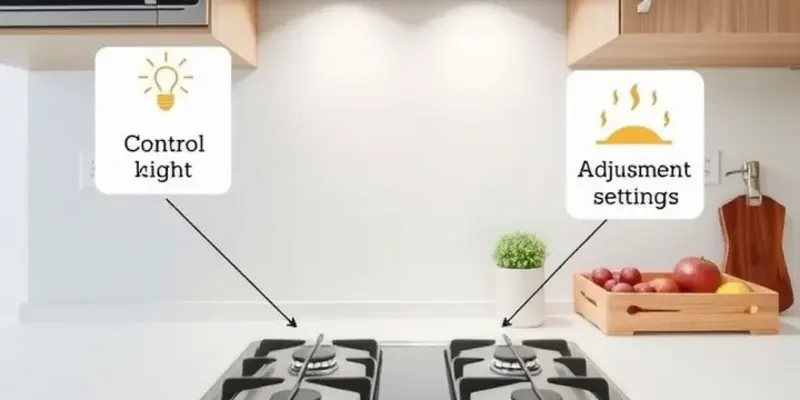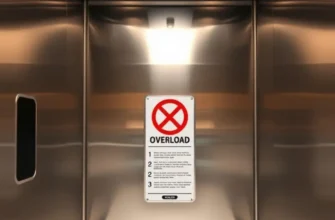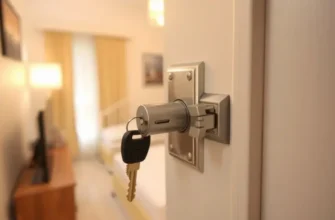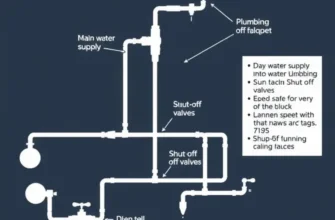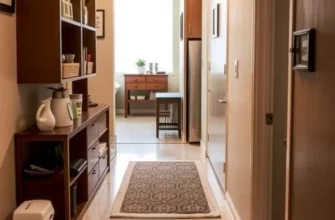Cooking in an apartment can be a delightful experience, especially with the convenience of a gas stove. However, ensuring safety while using gas appliances is paramount for renters across the U.S. Gas stoves, while effective and popular, bring their own set of safety considerations. Understanding how to use and maintain them properly can make all the difference in preventing accidents and promoting a secure living environment. This guide provides practical advice on gas stove safety, from proper usage techniques to essential maintenance tips, aimed at helping renters embrace their kitchens with peace of mind. Learn how you can enjoy your cooking experiences while prioritizing safety, security, and hassle-free living in your apartment. Let’s explore how you can transform your kitchen into a safe and enjoyable haven for culinary adventures.
Understanding Your Gas Stove: Essential Safety Features
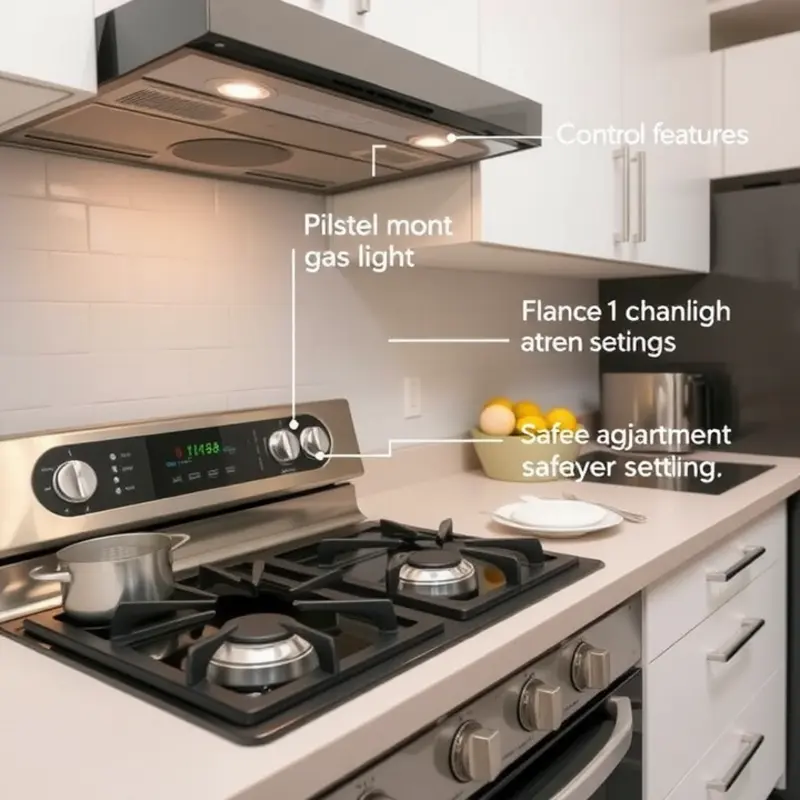
Familiarizing yourself with the critical safety features of your gas stove is an essential step in ensuring your kitchen remains a safe space for culinary creativity. Here, we delve into key components designed to minimize risks and how you can verify their proper functioning.
Ignition Systems
Modern gas stoves typically feature electronic ignition systems. Unlike older models relying on pilot lights, electronic ignitions are safer because they activate the burner with a spark. This reduces the chance of gas buildup, which can lead to dangerous situations. To confirm your ignition system’s efficiency, listen for a rapid clicking sound when turning the control knob. This sound signals that the spark is working to ignite the gas. Additionally, keep the stovetop clean to ensure debris doesn’t obstruct the ignitor.
Flame Supervision Devices (FSD)
Flame supervision devices are crucial in monitoring the flame’s presence. In case the flame fails, an FSD automatically cuts off the gas supply to prevent any leakage. To test if your FSD is working, turn off the burner without resetting the control knob. If the gas flow stops, your FSD is functioning correctly.
Gas Leak Detection Systems
Becoming aware of even a faint gas odor is vital in preventing potential hazards. Many stoves come with built-in sensors that detect unusual gas levels and alert you immediately. Regularly test these by using soapy water on the connections to check for bubbles, which indicate a leak. Alternatively, consider installing a standalone detector in your kitchen for an extra layer of safety.
Automatic Shut-off
Many gas stoves now include an automatic shut-off feature. This setting ensures that the stove turns off if it’s left unattended for a specific duration. Monthly testing of this feature involves leaving a burner on low and observing if it turns off automatically. This function is especially useful for the forgetful or those with children.
Safety Valves
Safety valves prevent unwanted gas flow and are found in the gas line itself. To check your valve, turn the gas supply off and on to see if it restricts flow when off. Regular maintenance and inspections are necessary, so consider including this in annual safety checks.
Tips for Apartment Renters
Renters should ensure their appliances are up-to-date and regularly inspected by professionals, as many rental units may have older equipment. Reach out to your landlord for maintenance records or schedule necessary inspections. An understanding of your lease agreements regarding appliance care, as detailed in this guide, can further support you in managing your obligations responsibly.
Incorporating these practices into your routine will greatly enhance your apartment’s safety. By understanding and maintaining your gas stove’s safety features, you can minimize risks, ensuring a harmonious cooking experience that prioritizes safety alongside culinary delight.
Hassle-Free Maintenance: Keeping Your Gas Stove in Top Condition
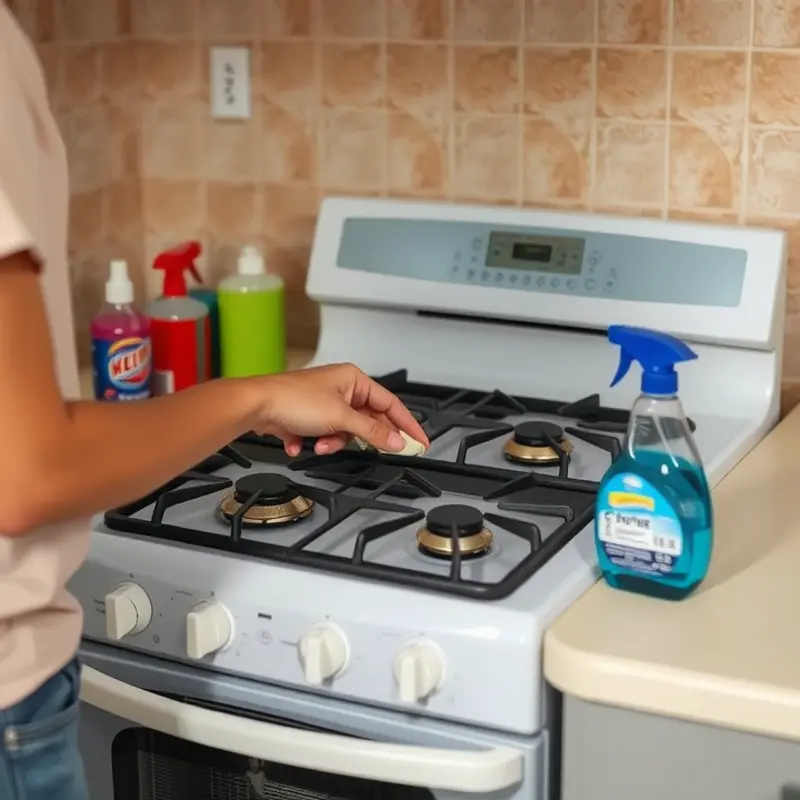
Regular maintenance of your gas stove ensures not only safety but also a more enjoyable cooking experience. Knowing the right steps to keep it clean and identify potential issues early will save you time and potential hazards. Here’s how you can maintain your gas stove effectively.
Cleaning Your Stove:
Start with a routine cleaning regimen to keep your stove functioning optimally. After each use, wipe down the stovetop with a damp cloth to remove spills that can corrode surfaces over time. For a weekly deep clean, remove and soak grates and burner caps in warm, soapy water. Use a non-abrasive scrub to eliminate stuck-on grime.
Ensure the burner ports are clear of debris. A clogged burner can affect the flame and lead to uneven cooking or increased gas usage. You can use a soft brush or a toothpick to clean these ports gently.
Troubleshoot Common Issues:
Recognizing and addressing common stove problems can prevent them from worsening. If a burner fails to ignite, check the igniter for dirt build-up which could be blocking the spark. Clean it carefully with a ceramic or glass cleaner for better performance. Flickering flames often indicate issues with the gas supply, either too much or too little gas. Adjust the air shutter to see if the flame stabilizes.
Persistent clicking sounds can be particularly annoying and may signal a potential problem. If this occurs, ensure the burner is properly aligned, and the caps are correctly seated. If the problem persists, consider the moisture as a culprit. Moisture can interfere with the ignition process, so thoroughly dry the igniting elements.
Knowing When to Call a Professional:
Some issues may require expert intervention, especially those involving gas leaks or complex repairs. If you detect a sulfur-like odor, evacuate the area and contact a professional immediately. This could indicate a gas leak, which is a severe safety risk.
Regular professional inspections ensure that your stove operates safely. Scheduling a check-up annually is a good practice. Take this opportunity to ask questions about your specific model and any peculiarities you’ve noticed.
Linking to Further Resources:
For renters, understanding lease agreements and financial obligations is crucial when it comes to appliance maintenance responsibilities. Visit this guide to better grasp lease financial obligations to ensure you know your duties.
Maintaining your gas stove with these methods not only enhances everyday cooking but also significantly contributes to your overall kitchen safety. Establish these habits, and your cooking experience will continue to be both safe and enjoyable.
Final words
Being a renter comes with its own set of responsibilities, especially regarding safety while using gas appliances. By understanding your gas stove’s safety features and committing to regular maintenance, you can create a secure cooking environment. Remember, knowledge is power; with the right practices, you can enjoy your kitchen while minimizing risks. Always prioritize safety, whether you’re whipping up a quick meal or hosting a dinner party. Equip yourself with essential information and hands-on skills to make your cooking experience pleasant, safe, and hassle-free. Embrace the joys of cooking, knowing that you have taken the necessary steps to protect yourself and your home.

